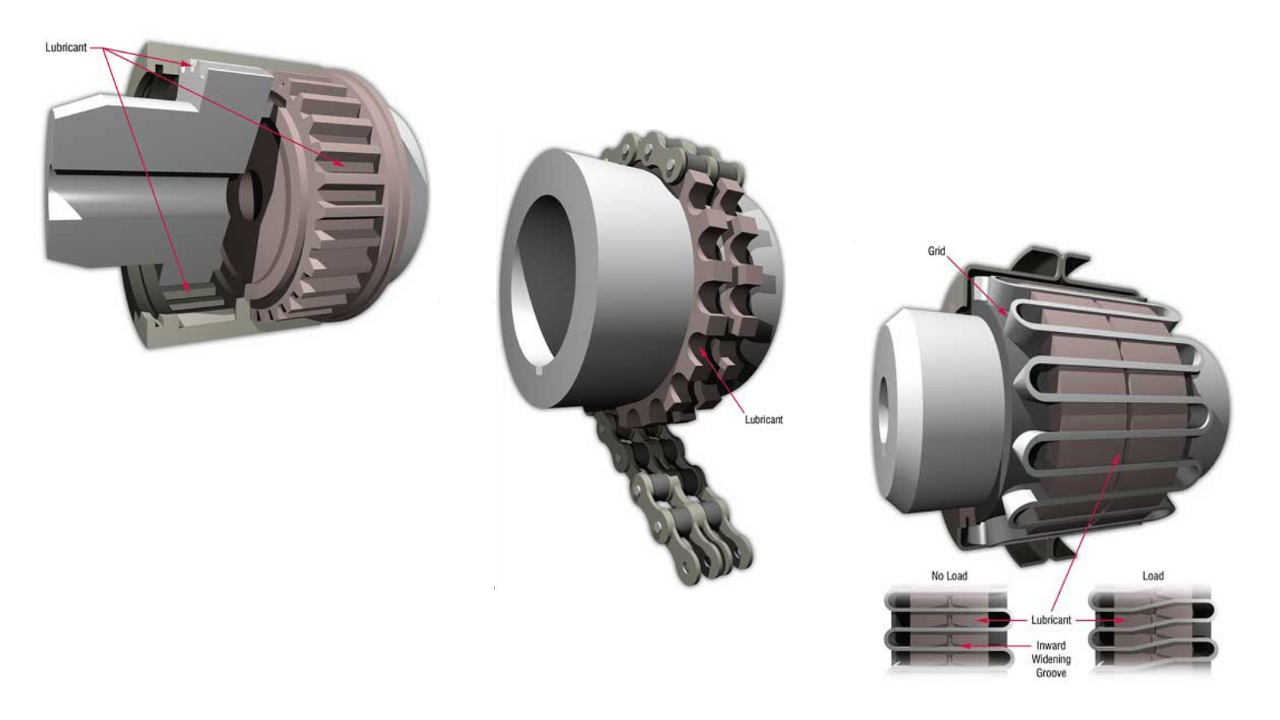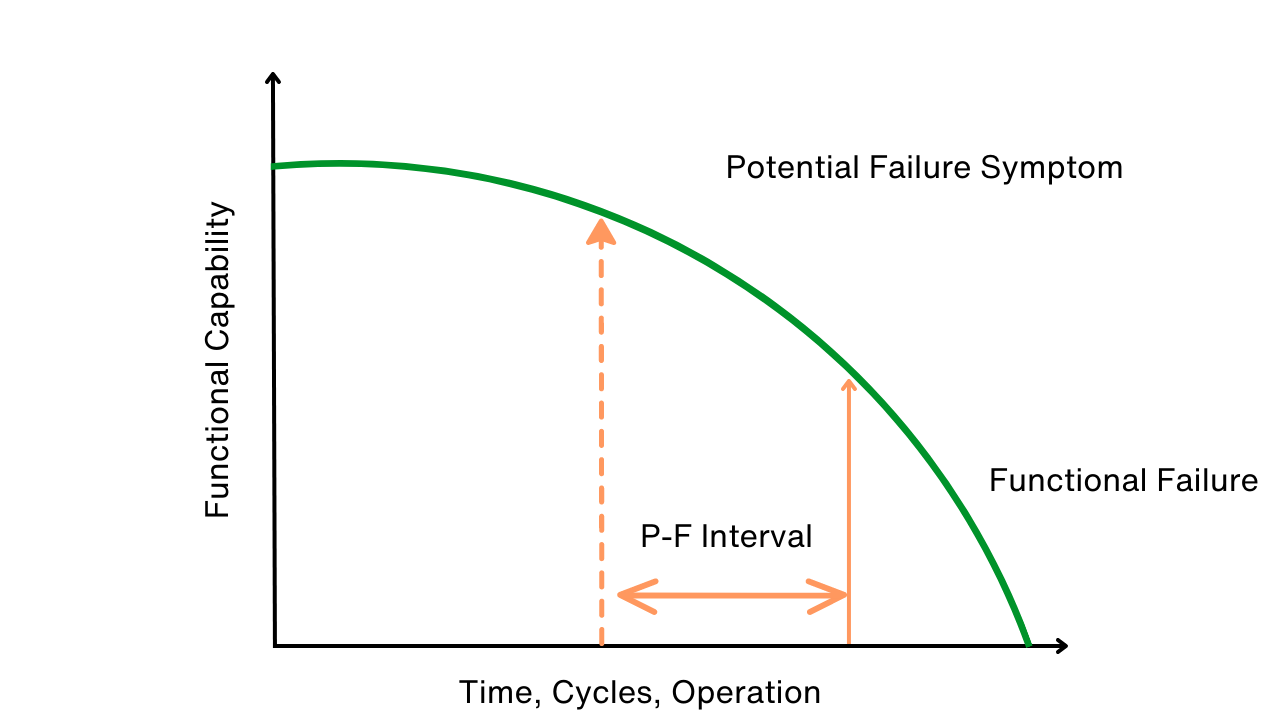How to Cut Your Maintenance Budget…Without Cutting Your Throat
Ray Atkins
Best Way to Cut Your Maintenance Budget
You don’t have to be an Alan Greenspan-type to see that times are hard. Every day, another industry declares itself to be struggling, in need of government assistance or just plain broke. And, unfortunately, it looks as though the economy may take some real time to rebound. As this magazine goes to press, it is hard to imagine any business that has not been affected in some way by the seemingly unending series of financial crises that have beset America over this past year. Money is tight, costs are up, orders are down and consumer confidence is at record low levels. Individuals are tight-fisted because they are frightened, and business owners, leaders and managers—large and small—are entrenching for a long siege. It’s time to review and possibly cut your maintenance budget.

This article explores some techniques that will enable the successful maintenance manager to facilitate the reduction of his or her organization’s maintenance budget while still carrying out the two basic functions that all maintenance departments must perform.
- The first of your functions is, of course, to maintain the plant, even in the face of budget cuts and mounting financial pressures. Your facility must achieve high uptimes and quality output. It is the maintenance organization’s task to be sure that the process is mechanically up to the challenge.
- As a conscientious manager, your second function is to maintain the integrity of the maintenance group, to preserve the structure, efficiency and effectiveness of the organization you have built.
Please note that many of the following suggestions may look familiar. The basics don’t change just because the economy is in a downturn. A best practice when times are good is still just that during a tough business cycle—and it can be the difference between a plant’s success and failure when the wolves are at the door. So the byword for lean times is business as usual, but more so. The good habits you acquired in the past will provide the framework for success now.
Communicate
Communication is the lifeblood of business. When the left hand doesn’t know what the right hand is doing, chaos reigns. This is a principle that cannot be stressed enough. Everyone with an interest in the company’s survival— especially its employees—needs as much information as can be legally and ethically provided. This practice is not just a courtesy. Employees require the full picture so that they can make better decisions affecting the future success of the business. Furthermore, this communication needs to flow in all directions, among all of the various natural groupings of people in your organization, from management to labor, from salaried to hourly, from maintenance to production, from department to department and from day shift to night shift.
Every organization is unique. There are vested interests, politics, favoritism, formal and informal lines of communication, sacred cows, good employees, not-so-good employees, heroes, villains and 100 other factors not mentioned here. Yet, somehow, in spite of all of this, the plant must run efficiently and effectively. The rope that binds these components into a unified whole is communication.
Review Safety
The best reason to review your safety measures and procedures is not because of a desire to save money. The best reason is to keep your people from being injured or worse. A significant side benefit to thorough safety, though, can be a monetary savings of significant proportions. A serious injury can cost your company hundreds of thousands in settlements, medical bills and lost production. Now is the time to be reviewing your procedures for errors or flaws that may put your people at risk. One suggestion is to have each of your standard maintenance procedures (SMPs) reviewed by a team comprised of a millwright who has performed the task, a member of the safety committee and the safety director. In hard times as in all others, it is better to be safe than sorry.
Reduce Overtime
One of the first places that upper management cuts costs is in reducing or eliminating employee overtime. This practice often has a particularly dramatic effect on the average maintenance organization, because maintenance overtime can typically account for 20% to 30% of all salary in the maintenance department.
Of course, cutting out overtime is easy to do. You can just pick up the phone and eliminate all of those extra hours right now. There is an unintended side effect to this action, however. How are you going to get the work completed that was being performed during this premium time? The answer to this question is simply that if you are not allowed to work longer, you must work smarter. You must eliminate inefficiencies in your process if you are to continue to sustain the facility at its current level. And one of the best ways to accomplish working smarter is by reviewing your procedures.
Review Procedures
Your first step toward finding extra hours in your roster should be a complete review of your PM and PdM frequencies to be certain that you are performing the right tasks at the right intervals. As an example, suppose you have a monthly PM procedure that calls for one millwright to inspect all of the motor mount bolts for torque along one entire production line. Then assume, for the sake of this illustration, that this inspection takes eight man-hours, and that it has never produced a single PMW follow-up work order. While this procedure may be doing great things for your maintenance metrics, it has little value for your process—and it is wasting eight man-hours per month. This example may seem far-fetched, but its lesson is clear. You have well-trained, highly paid individuals out in the plant right now, performing unnecessary inspections, while work that needs to be done goes wanting. Inspections that never produce follow-up work are being done too often if they even need to be done at all. The time they waste may account for several man-days per week.
A good group to review your procedures would include the maintenance planner or scheduler, a supervisor and one or more of the millwrights who have performed the tasks in the past. One of the benefits of this review process is that you may identify inspections that need to be performed more often. If a PM or PdM procedure always identifies a problem that requires attention, then the frequency of the inspection procedure may need to be increased until the root cause of the recurring issue is identified. This same group must also look at actual job times versus work order time estimates. Most time estimates err on the side of too much time allowed, and many idle man hours can be recovered by a realistic analysis of these estimates.
Analyze and Prioritize
Much of your maintenance budget and a large chunk of your maintenance payroll are likely consumed by machine installations, project work and other activities that, strictly speaking, do not belong in the maintenance budget and never did. You didn’t budget for them, and you are certainly not staffed for them—particularly if your overtime quotas have just been cut. You can be sure that senior managers are not going to want a lesson in semantics when you attempt to explain to them that you are going to be over budget because someone above you in the organizational chart insisted that a pet project be done. Still, it is important that your superiors understand that the man-hours for these types of projects—also known as honey-do’s and automatic dog polishers—must come from somewhere.
These jobs can break a maintenance budget and wreak havoc on a planned and scheduled maintenance week. Additionally, they are often last-minute affairs, poorly conceived and hastily planned. So, in addition to the man-hour allocation and actual expense of doing the work, there is the opportunity cost of not doing more necessary tasks. Additionally, there can be production downtime and added labor expense if the honey-do must be undone. As much as possible, non-essential jobs should receive low priority if they cannot be cancelled outright.
Shop, Plan and Think
Suppose you are in the middle of nowhere and the transmission goes out in your family car. The kids are crying, your spouse is telling you I told you so, and Smitty the tow truck driver is in the process of towing your vehicle to Earl’s Transmission Shop. Earl, by the way, is Smitty’s brother-in-law. Are you going to get a good deal on your repairs? No, you are not—you will pay any price. Smitty and Earl will both own new fishing boats by the time they have gotten through with you. This example illustrates two key points of procurement.
1. When you are in an emergency situation, you are at the mercy of others.
2. When you don’t shop around, you seldom get the best deal.
Granted, the whole point of having a maintenance organization is to avoid having emergencies. However, they are still going to happen. When they do, how will you react? Will you spend up to eight times as much for emergency repairs as you do for planned and scheduled maintenance, or will you take a moment to decide how to make the best of a bad situation? The plant is already down. The only way that is going to get any worse is if you spend too much money to get it back up.
Staffing when you need to cut your maintenance budget
It is often the case that people who do not fully understand the maintenance process will ask—or tell—you to reduce head count or cut out positions. The question you must answer for yourself and for your superiors is a simple one. If you truly believe that you have built a lean and effective maintenance organization, then which position can you do without? If you were the head of a surgical team, could you afford to let the anesthesiologist go? If you were a ship’s captain, would you want to sail the Pacific without your navigator? If you were in charge of the air traffic controllers at a major airport, how many of them could you spare on a busy Friday afternoon?
Ideally, your maintenance roster contains little or no fat. You have all the people you need and you need all the people you have. You have spent a great deal of time and effort building and training the leanest possible employment roster that is still capable of successfully maintaining your operations. If you needed them all during the good times, what leads you to believe you can survive without them during the bad? If during these lean times you have a position come open due to natural attrition, it may be that you are not allowed to refill it due to a hiring freeze. If this is the case, secure if possible a commitment that you may staff the slot when economic conditions improve. In the meanwhile, perhaps another department has an extra or under-utilized employee who could perform routing tasks.
Remember This
Keep in mind that business is cyclical—and that the dawn follows the darkest part of the night. Rely on the best practices, roles, habits, training, documentation and skills that helped you succeed during the economic good times. These same factors are more important than ever when the economy slows and you need to revisit the idea to cut your maintenance budget.
Ray Atkins, CPMM, CMRP, is a veteran maintenance professional with 14 years experience in the lumber industry. He is based in Rome, GA, where he spent the last five years as maintenance superintendent at Temple-Inland’s Rome Lumber facility.
Related Articles

Keys for Effective Troubleshooting
Analyzing Semiconductor Failure

The Lubrication Requirements of Couplings

What is the True Downtime Cost (TDC)?

Improvement: What Comes First?

Use P-F Intervals to Map, Avert Failures




